Recommend
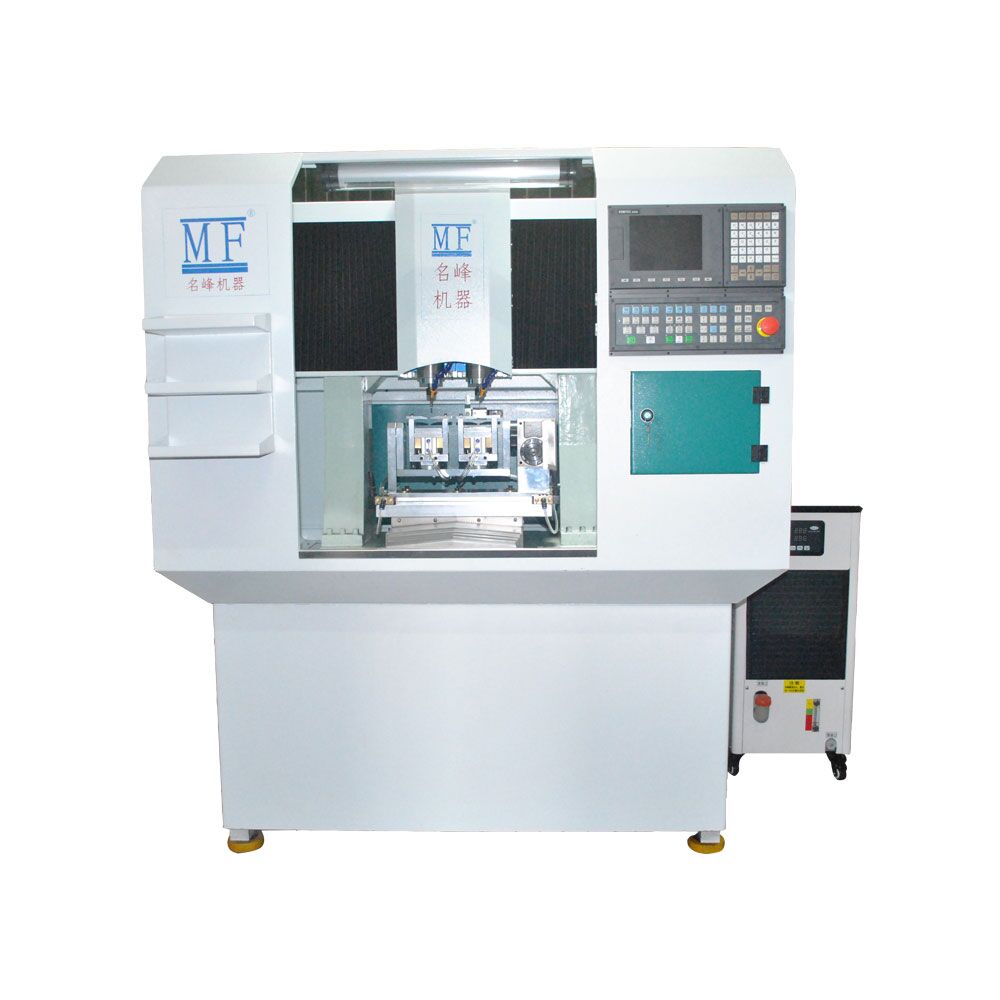
Five-axis double-head multi-function CNC...
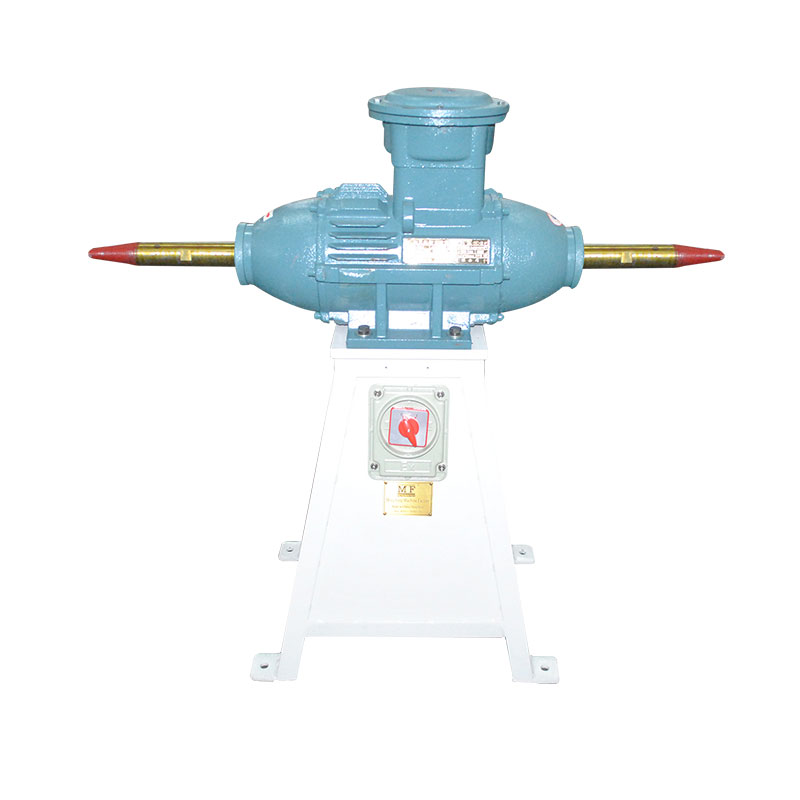
Gold frame explosion-proof polishing...
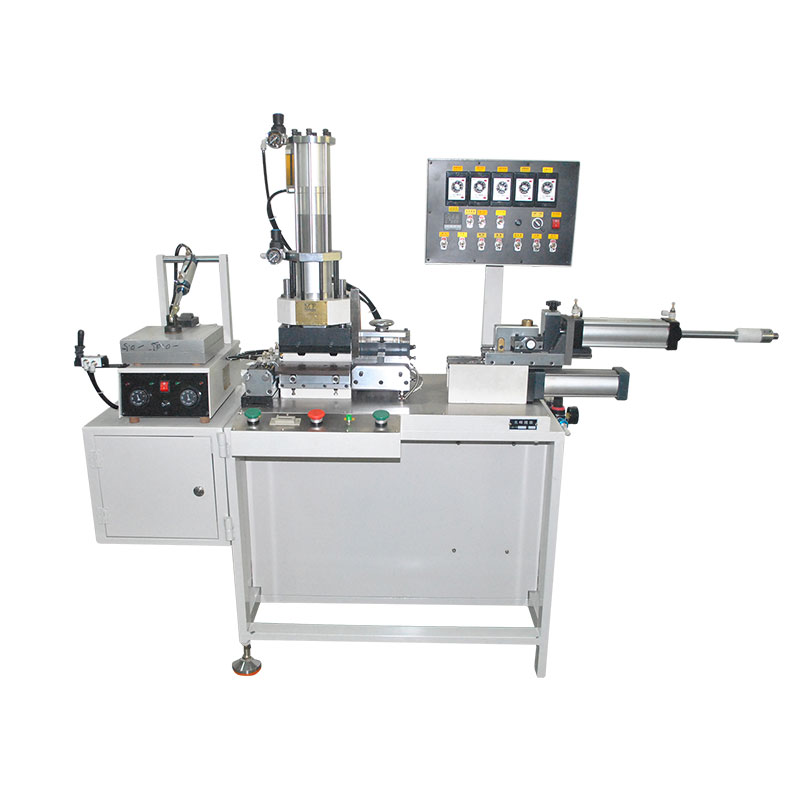
New dual axis copper core machine
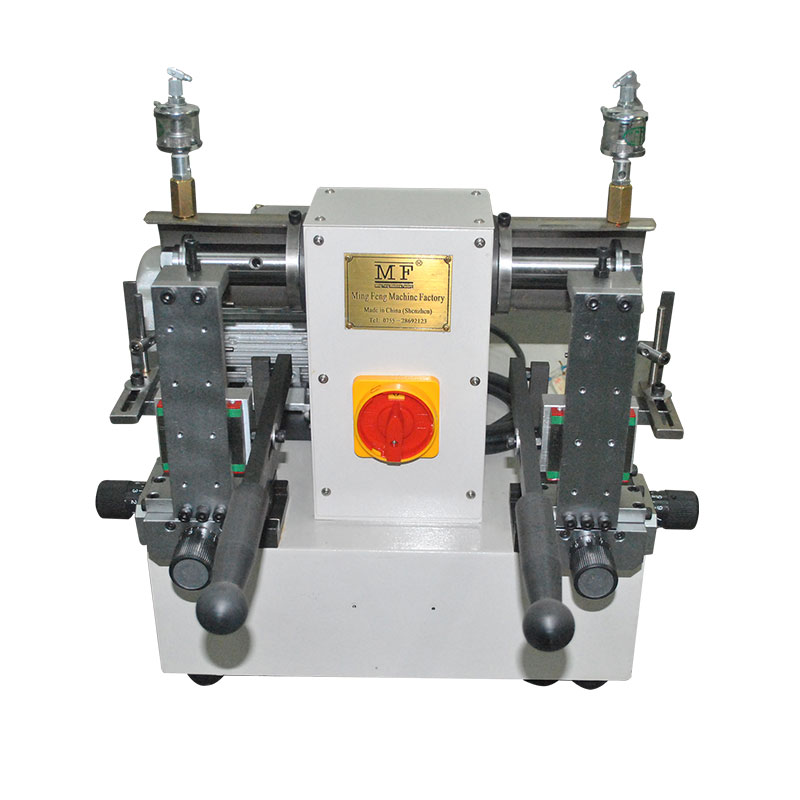
Manual Pile Cutting Machine II
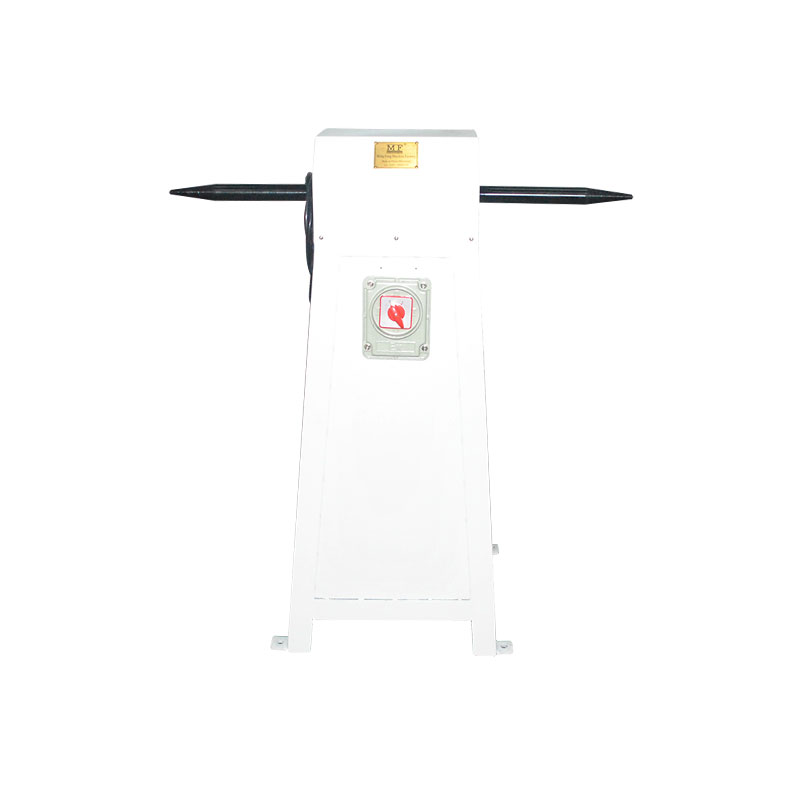
Explosion-proof polishing machine for...
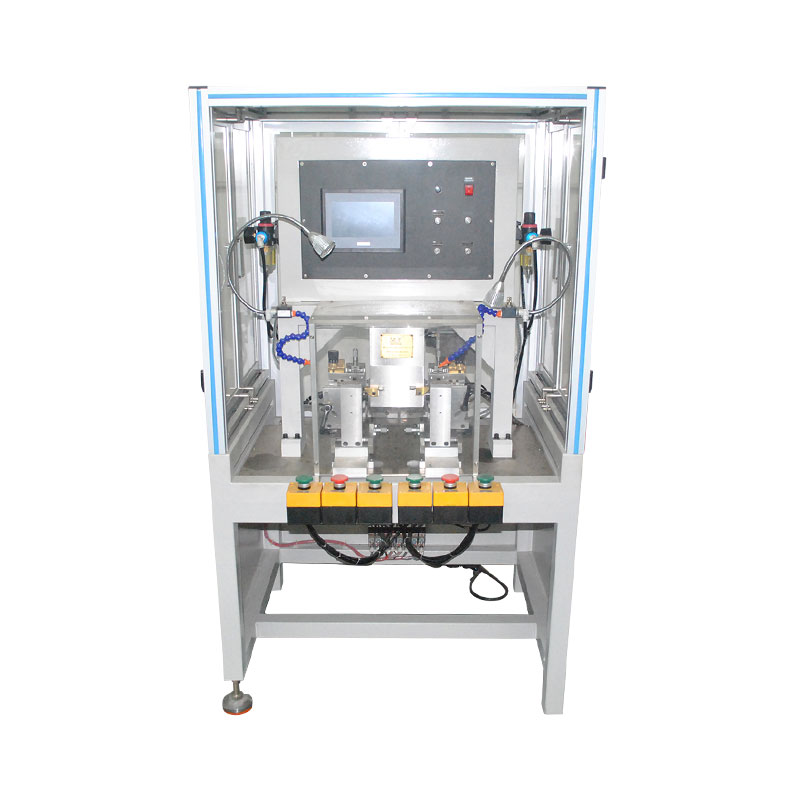
Environment-friendly double-head cutting...
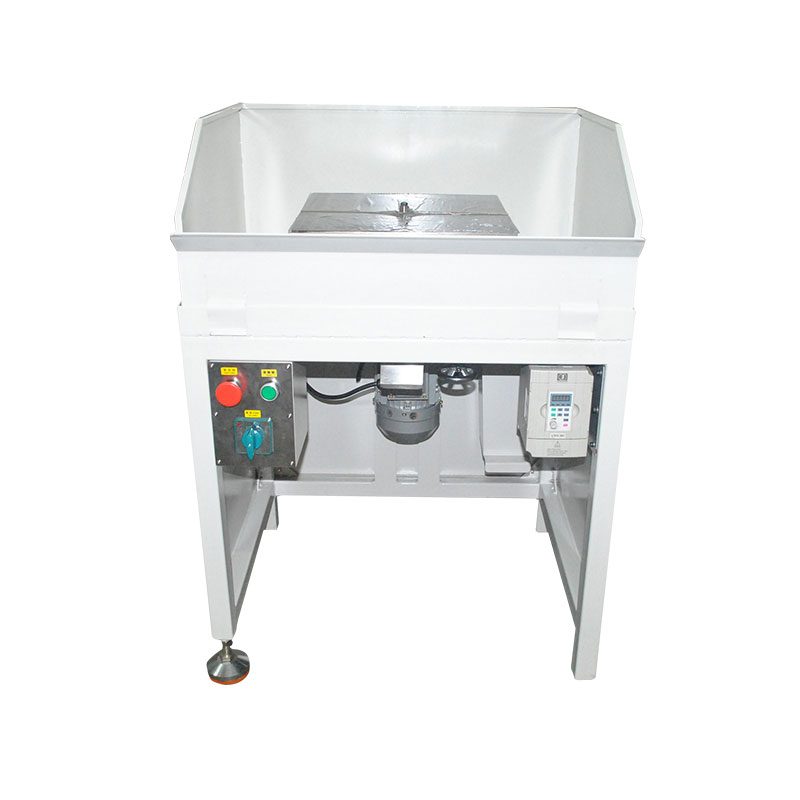
Environment-friendly high-speed gong...
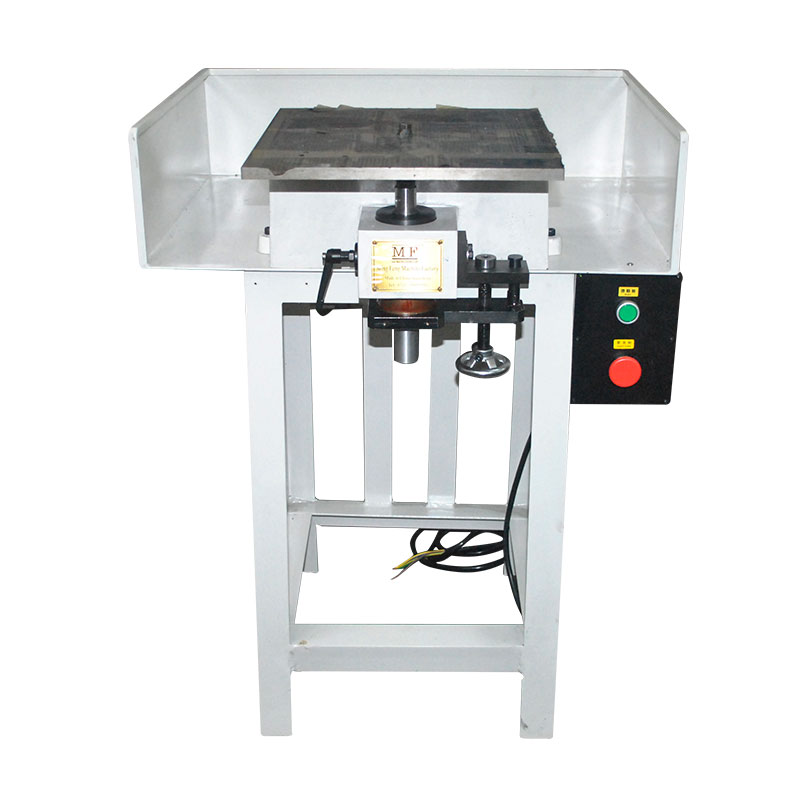
High-speed gong machine
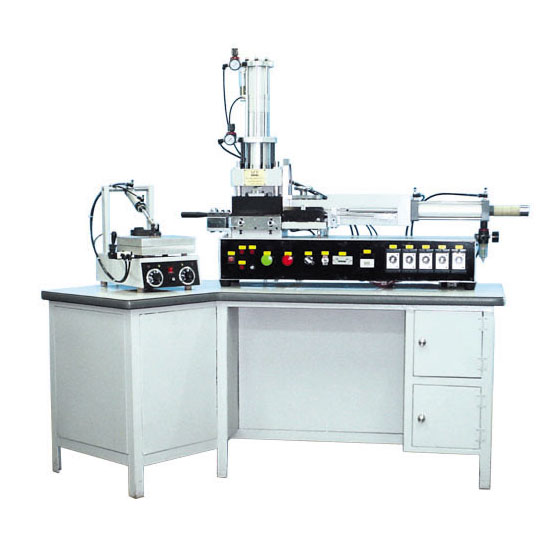
Single axis copper core machine
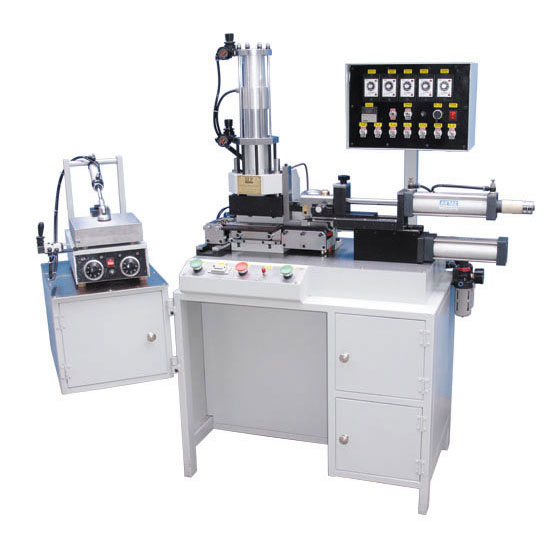
New dual axis copper core machine
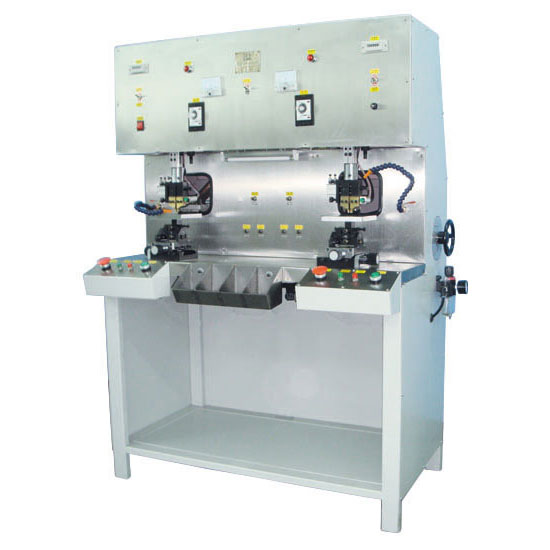
Nail glue machine
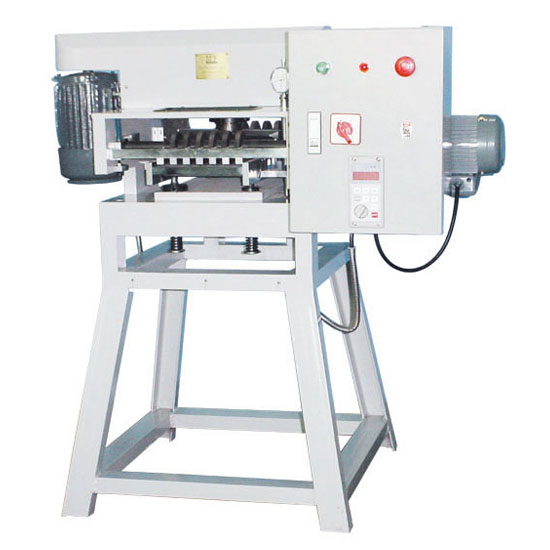
Planer
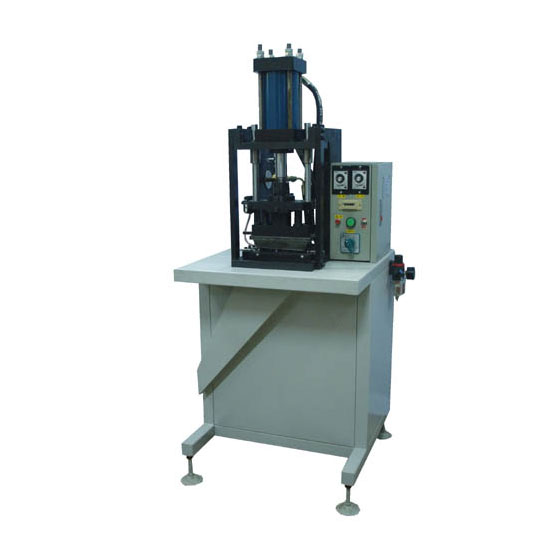
Hydraulic punching machine
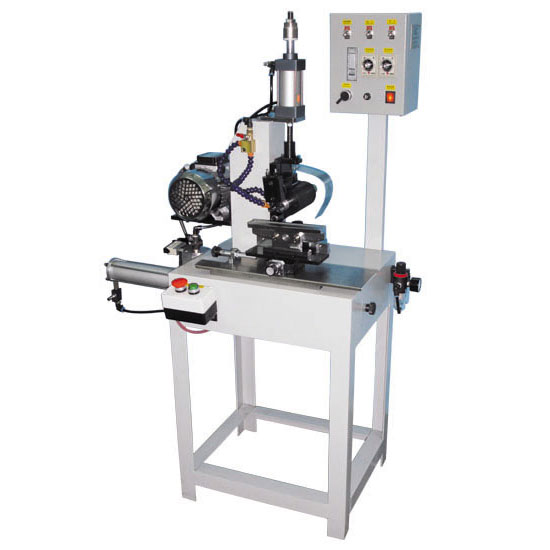
Wind oil pressure planer
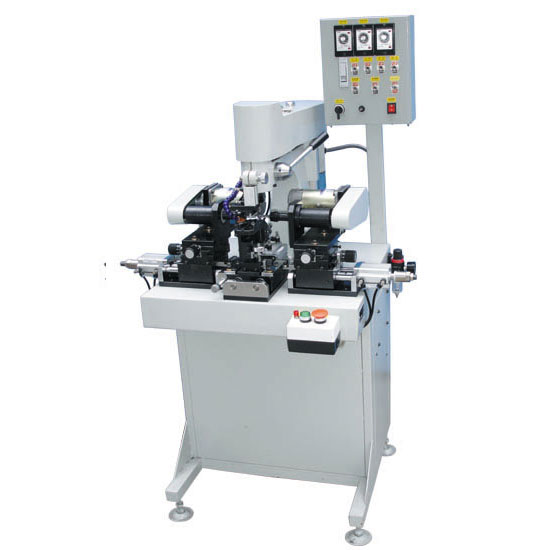
The new automatic three-sided planing...
Common problem HOME >> News >> Common problem
One method: grinding disc (edging)
1. Operation of manual edging machine
Manual edging is divided into two steps. The first step is to grind the flat edge-the same shape as the template, and the second step to grind the sharp edge-according to the frame type requirements, grind the embedded 110 ° sharp edge.
(1) Flat edge
The purpose of smoothing the edges: After the pliers process, the periphery of the lens is rough and not smooth, and the shape and size are not completely in line with the template. After the smoothing edge processing, the periphery of the lens is smooth and flat, the shape and size of the left and right lenses are consistent with the template, and the eyewear is improved. quality. Some opticians omit the step of grinding the flat edge, and directly sharpen the sharp edge. Although it saves time, the symmetry and consistency of the left and right spectacle lenses will be affected.
①Operation posture of smoothing edge
The edging operation posture is divided into horizontal edging and straight edging according to the position of the processed lens at the time of grinding, according to the personal habits of the operator. Here, we use the vertical edging operation for edging.
Operation posture: right hand: the index finger is located on the upper right surface of the lens, the middle finger is located on the lower right surface of the lens, and the thumb is pressed slightly below the center of the left surface of the lens.
Left hand: The index ends of the index finger and middle finger are pressed on the left surface of the lens to make the grinding wheel close.
②The action of grinding the flat edge is shown in Figure 3-3-8
The left and right hands rely on the rotation of the wrist to rotate the lens periphery on the rotating grinding wheel from top to bottom. The main hand is the right hand, and the left hand is the rib force. .
③Lens size control
In the process of smoothing the edges, a template is often used to check the consistency of the size and shape of the lens.
④Precautions
A. When grinding the edges, the contact between the lens periphery and the grinding wheel should be stable, and do not shake left and right.
B. When edging, the lens is often compared with the template, the lens size is rather large and not small.
C. When the half-frame plus and frameless lenses are flattened, there should be no obvious segmented grinding marks on the periphery of the lens. The movement should be light when cutting in and out of the grinding wheel. Continuous grinding is eliminated to ensure smoothness around the lens.
(2) Sharpened edges
The purpose of sharpening the edge: to make the lens inlaid in the groove of the rim of the framed glasses, to prevent the lens from leaving the frame due to external force and temperature changes.
The angle of the sharp edge: when the lens is equipped with a frame style, the sharp angle around the frame is about 110 ° ± 10 °.
Distribution of the length of two angled edges:
A. Normally, the angle between the two sides of the middle and low degree mirrors is the same length.
B. The height of the high myopia lens is thicker. The length of the angle between the two angles is different from the consideration of the wearing beauty and the requirements of the eye distance of the lens. The corners are narrower toward the convex surface and wider toward the concave surface. The general ratio is about 1: 2
①Operation posture of sharpening angle
Here we use horizontal edging to carry out sharp edge processing.
Operation posture: right hand: the index finger is slightly bent and placed on the lower surface of the lens on the left near the center of the lens, and the thumb is placed on the center of the lens. Left hand: The index finger is slightly curved and placed on the left side of the lower surface of the lens near the center of the lens, and the thumb is placed on the left side of the upper surface of the lens near the side of the lens. Hold the film left and right so that the lens is in horizontal contact with the edging wheel.
②Move the sharp edge
Put the lens in contact with the grinding wheel at a tilt angle, the tilt angle is about 35 °. Use the thumb of the left hand and the index finger of the left hand as pivot points, move the index finger of the right hand and the thumb of the left hand to rotate the lens, and grind evenly.
③Control of sharp edge size
When the hypotenuse is grinded to about 1/2 side thickness (high myopia lens, the front convex bevel side is about 1/3 side thickness), turn the lens and grind another hypotenuse, the angle between the two hypotenuses is 110 ° ± 10 °.
④Precautions
A. When sharpening the edges, the two hands should be properly coordinated. The lens should be balanced and evenly rotated on the surface of the grinding wheel. The force must be even. The grinding of each bevel must be completed by continuous rotation for several weeks. The bevel edge thus ground is straight, otherwise, it is not easy to control the straightness of the bevel edge, and the joint of the bevel edge is not beautiful.
B. The control of the angle of the beveled edge is mainly to grasp the inclination angle of the contact between the lens and the grinding wheel. Long-term operation will develop a habit posture, so it must be strictly required at the beginning of learning.
C. When grinding the beveled edge, generally grind the convex surface first, and then grind the concave surface. The size of the ruler and the consistency of the shape of the film holder should be controlled at all times during operation.
Second method: grinding the safety angle (chamfering)
① After the lens is shaped and ground, the edges of the convex and concave surfaces appear. The assembled mirror is prone to stress concentration and edge collapse. The wearer's skin is easily scratched by the edge after impact and impact. Bevel the edges.
②Requirement of safety bevel: Make a 30 ° angle with the edge and a width of about 0.5mm.
③Operation: Generally, in a vertical edging posture, the edges of the convex and concave surfaces of the shaped lens can be continuously rotated and lightly polished for two weeks.
Three methods: grinding support plate
1. If the glasses are processed, there is no ready-made template. You can find a support plate that is slightly larger than the processed lens ring, and then polish it on the manual edger than the geometry and size of the lens ring. After polishing, it can be used as a template.
2. Note: Most of the materials used in the frame support plate are plastic, which are different from resin lenses when they are polished with a manual edging machine: ① dry grinding without adding water. ②Use vertical edging posture. ③ Do not use excessive force to avoid cracking. ④When the method is the same as chamfering, it should be convenient to form an oblique angle with the grinding wheel. After grinding each section, the debris after the edge of the support plate should be quickly removed in time.
Four Ways: Grinding Simple Diamond Cut Edges
1. First of all, according to the cut edge shape of the customer or the original standard template, mark the lens after edging with a marker oil pen, and polish the lens with the marked line on the manual edging machine. But we must pay attention to grinding the bevel of the lens in place as much as possible, otherwise the bevel produced after repeated grinding will be a curved surface, which will directly affect the endless reflective effect of the diamond.
2. Polish the polished lens at the polishing cloth wheel, but you must pay attention to the protection of the lens surface before polishing the lens (such as attaching a protective film or using double-sided tape, etc.), and Pay attention to the speed of the polishing wheel and the polishing wax used.
3. Carry diamond after polishing
Five methods: polishing the temple
1. Grinding the unevenness of the metal temple when welding, this method is faster than using a manual file.
2. Repair plate temples can be used to polish excess.
Six methods: When repairing the hinge, it can be used to polish the hinge to make it more suitable in size.
Previous:What equipment do I need to...
Next page:What is the difference between...
What is the manufacturing method of the automatic glasses foot bending machine?
2020-05-21
The formation of the eyewear industry
2020-05-21
The origin and development of glasses
2020-05-21
Making method of glasses nail hinge machine
2020-05-21
Manufacturing method of high-efficiency automatic numerical control glasses frame...
2020-05-21
SHenZHen Mingfeng Machinery Equipment Co. ,Ltd. Shenzhen Mingfeng machine equipment Co. Ltd.Copyright 2016-
Mingfeng Machine © Copyright
Technical Support:XINQI